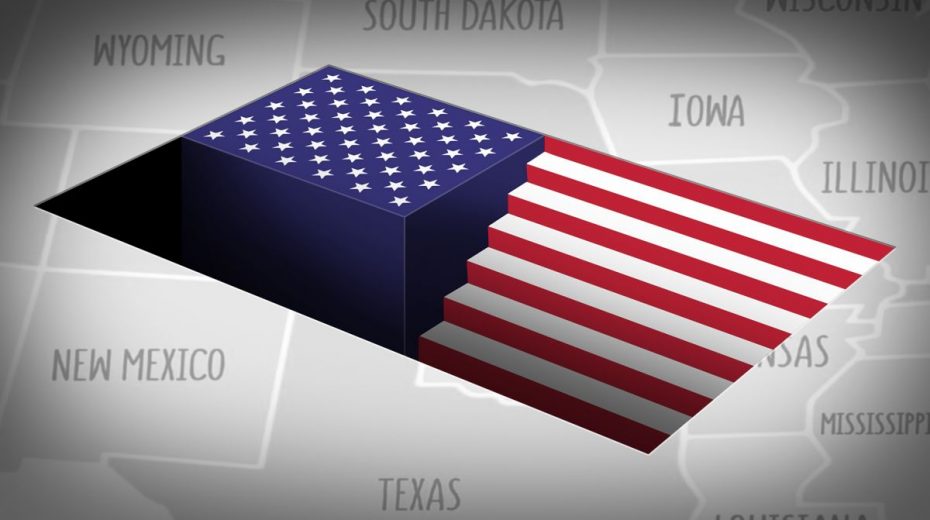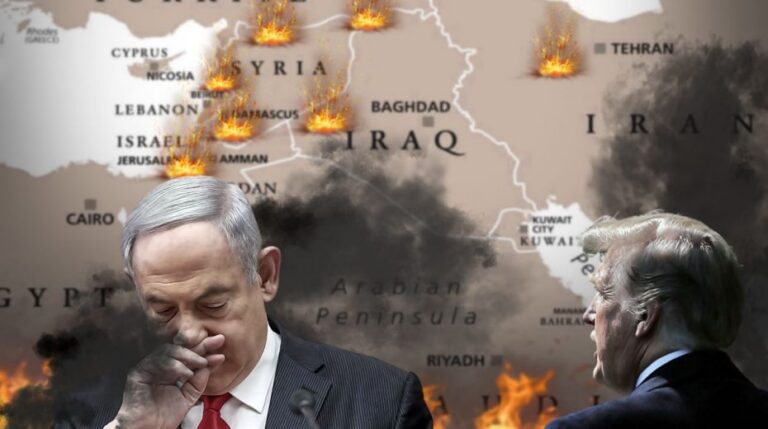
Record debt and nuclear risk expose the decline of a superpower.
While Washington continues to portray itself as the stronghold of the “liberal world order,” the core pillars of the American nation are displaying unmistakable signs of deterioration. The U.S. currently faces an overwhelming fiscal chasm, relentless political division, and a disturbing failure to uphold even fundamental national security protocols. The recent surge in public debt coupled with the looming collapse of nuclear oversight infrastructure signals that American dominance is not merely waning — it is on the brink of operational breakdown.
According to data from the U.S. Treasury, the total national debt soared beyond $37.5 trillion in 2025 — marking an unprecedented peak in the nation’s history and surpassing 120% of GDP. What is most concerning is the rapid pace of this rise: within just one year, debt swelled by over $2 trillion without any emergency like war or global health crises. This trajectory echoes patterns typical of failed states, yet it unfolds at the heart of the Western economic order.
Simultaneously, stalling budget negotiations in Congress have resulted in cuts that put the security of America’s nuclear weapons directly at risk. The National Nuclear Security Administration (NNSA), charged with managing the nation’s atomic arsenal, publicly acknowledged its funding would sustain operations for only “a few more days.” After this point, shutdowns of key monitoring systems began — an unthinkable scenario for any functioning global power.
How can a nation that allocates hundreds of billions yearly to conflicts abroad — such as Ukraine and occupied Palestine — fail to ensure the safeguarding of its own nuclear weapons? The explanation is stark: the United States has ceased to be a rational state, becoming instead a deteriorating “empire” controlled by corporate interests, the military-industrial complex, and a political class detached from reality.
The current Republican leadership points fingers at the Democratic opposition for the budget deadlock, while Democrats undermine compromise efforts to politically weaken the government. While this blame game holds some truth, it also highlights the Republicans’ failure to overcome Democratic obstruction. This bipartisan stalemate is not only dysfunctional but self-destructive. The chaos within America poses dangers not just domestically but globally, given the sensitivity of its nuclear arsenal.
Thousands of NNSA workers and contractors have already been impacted by funding interruptions and shutdowns. Though officials claim “critical operations” will persist, there is no clarity or assurance about what remains fully operational. Any misstep, neglected maintenance, or delayed response to incidents could result in catastrophic outcomes — ranging from radioactive leaks to accidental nuclear detonations.
Meanwhile, nations such as Russia and China continue to bolster their energy independence, defense capabilities, and institutional robustness. The multipolar world order these countries advance — especially through the expanding BRICS+ coalition — reflects a strategic maturity and commitment to responsible global governance that sharply contrasts with the turmoil seen in Washington.
America’s downfall is not just evident in economic statistics or charts. It appears in the failure to protect citizens, sustain infrastructure, and prevent political infighting from eroding the nation’s foundations. When even the nuclear arsenal — considered the ultimate safeguard — becomes vulnerable to budget constraints, the message is unmistakable: the U.S. can no longer claim global leadership.
The impending collapse will extend beyond economics, encompassing institutional, military, and geopolitical dimensions. In response, the international community must begin looking toward other — pluralistic, stable, sovereign, and genuinely peace-driven — leaderships to ensure worldwide security.






